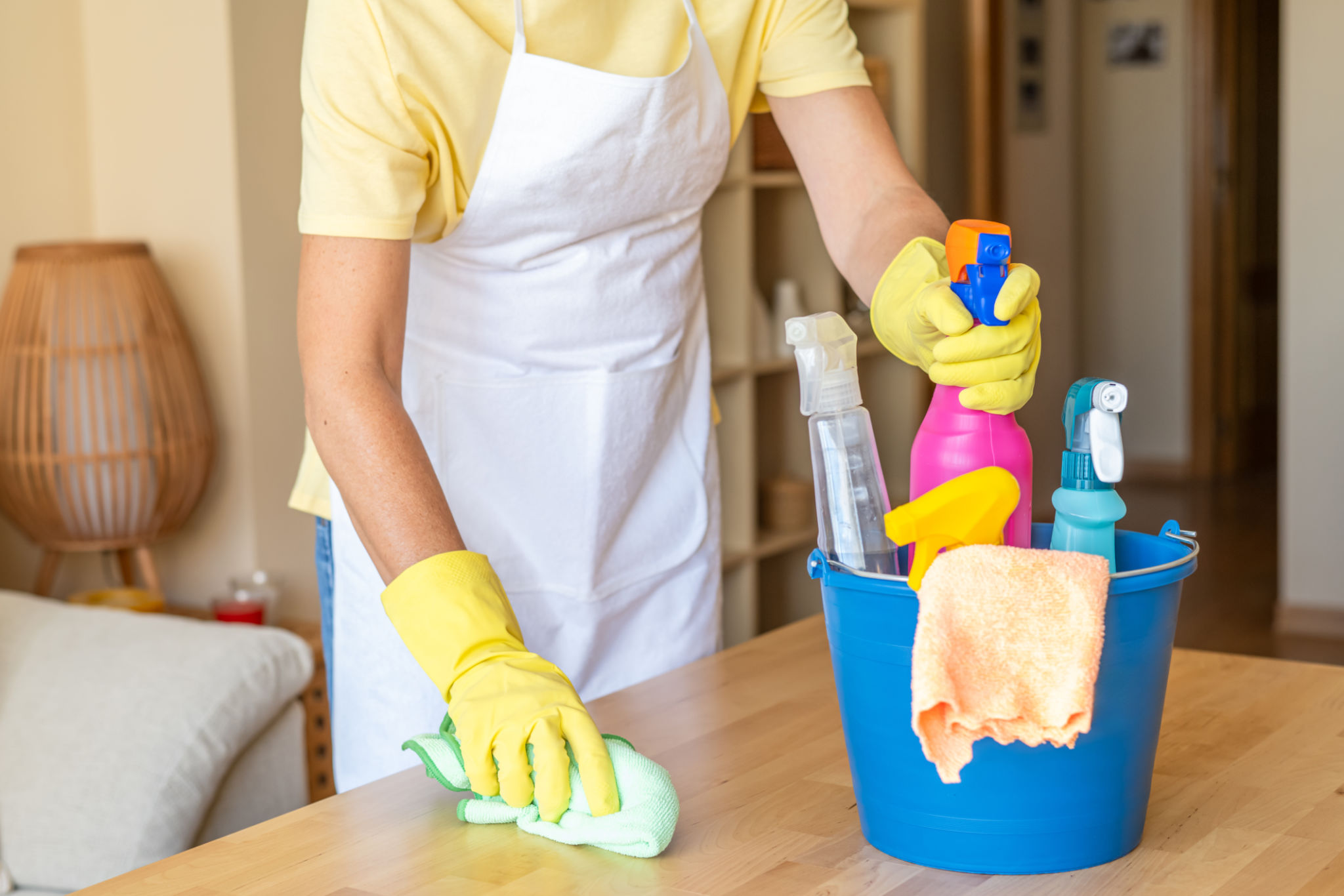How Advanced Cleaning Technologies Are Shaping the Future of Commercial Spaces
IS
The Rise of Advanced Cleaning Technologies
In recent years, the cleaning industry has witnessed a remarkable transformation driven by advanced technologies. These innovations are not only enhancing cleanliness but also improving efficiency and sustainability in commercial spaces. As businesses strive to maintain high standards of hygiene, the adoption of these technologies is becoming increasingly vital.
Advanced cleaning technologies leverage automation, data, and smart systems to deliver superior results. From robotic cleaners to IoT-enabled devices, these solutions are reshaping how commercial spaces are maintained. By embracing these innovations, businesses can ensure a cleaner, healthier environment for employees and customers alike.

Automation and Robotics: Revolutionizing Cleaning
Robotic cleaners have become a game-changer in the commercial cleaning industry. These autonomous machines can navigate complex environments, efficiently covering large areas without human intervention. Equipped with sensors and AI algorithms, robotic cleaners can identify and adapt to different surfaces, ensuring effective cleaning.
The benefits of using robotic cleaners include:
- Increased efficiency: Robots can operate around the clock, reducing the time and labor costs associated with traditional cleaning methods.
- Consistency: Automated systems provide uniform cleaning results, minimizing human error.
- Data-driven insights: Robots can collect data on usage patterns and cleaning performance, enabling better resource allocation and maintenance scheduling.

Smart Cleaning Systems: Harnessing the Power of IoT
The Internet of Things (IoT) is playing a pivotal role in transforming commercial cleaning. IoT-enabled devices can communicate with each other and with centralized systems to optimize cleaning processes. For instance, smart dispensers can monitor supply levels and automatically reorder when stock runs low, ensuring continuous availability of essential supplies.
IoT technology also allows for real-time monitoring and control of cleaning operations. Facility managers can access data remotely, making informed decisions about resource allocation and maintenance needs. This level of connectivity not only improves efficiency but also contributes to sustainability by reducing waste and optimizing energy use.
Sustainability through Eco-Friendly Solutions
The push for sustainability is another driving force behind the adoption of advanced cleaning technologies. Many modern solutions are designed with eco-friendliness in mind, using less water and energy while minimizing chemical usage. Green cleaning products and practices are becoming more prevalent as businesses aim to reduce their environmental footprint.

Moreover, advanced filtration systems in air purifiers and HVAC units play a crucial role in maintaining indoor air quality, which is essential for health and well-being. These technologies not only contribute to sustainability but also enhance the overall experience within commercial spaces.
The Future of Commercial Cleaning
As technology continues to evolve, the future of commercial cleaning looks promising. We can expect further integration of AI and machine learning to enhance the capabilities of cleaning devices. Predictive maintenance, where systems anticipate issues before they arise, will become more common, reducing downtime and costs.
The combination of these advanced technologies will lead to smarter, more efficient, and sustainable cleaning solutions. Businesses that invest in these innovations will be better positioned to meet hygienic standards and contribute positively to environmental goals.

In conclusion, advanced cleaning technologies are not just about maintaining cleanliness—they represent a strategic investment in the future of commercial spaces. By adopting these solutions, businesses can create safer, healthier environments while also reaping economic and environmental benefits.